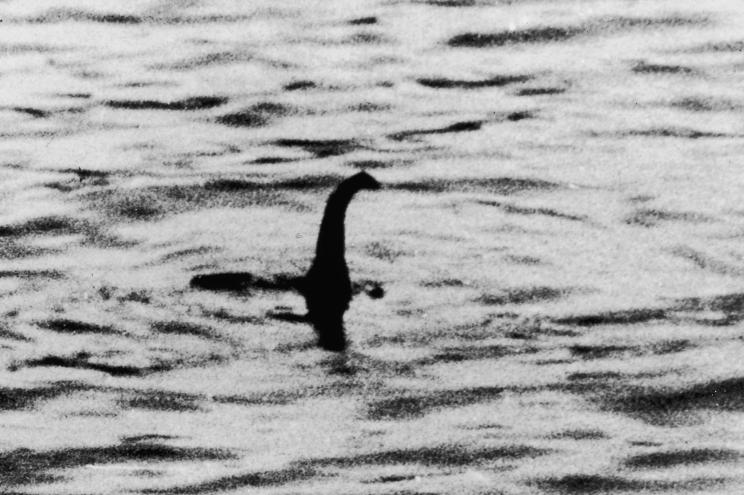Don’t get loched into believing this one.
A researcher has devoted much of their time to debunking one of the world’s largest conspiracy theories.
The fabled Loch Ness monster — supposedly a resident of the freshwater loch in the Scottish Highlands that it’s named after — cannot be one, or multiple, giant European eels, as previously suggested by devout Nessie nuts.
“The chances of finding a large eel in Loch Ness are around 1 in 50,000 for a 1-meter specimen,” Floe Foxon, founder of the Folk Zoology Society, writes in a peer-reviewed study.
“The probability of finding a specimen upward of 6 meters is essentially zero; therefore, eels probably do not account for sightings of larger animals.”
Loch Ness and its marine life have actually been deeply studied by the scientific community for the past half-century — including in a 1976 report from Carl Sagan that suggested multiple monsters are afloat in the body of water.
Other credible analyses previously suggested that oversize eels may exist in the loch, and their appearance aligns with eyewitness accounts of the so-called monster (plus famously grainy photographs of it).
But Foxon’s research claims that “it would take an eel in Scotland almost 30 years at such a growth rate to reach the 1-meter size.”
“A 6-meter specimen would need to live with constant high growth for almost 200 years, an age close to the longest-living fish, the Greenland shark,” Foxon added, noting that the longest, though unverified, lifespan of a European eel was 155 years.
The research also debunks the idea that an eel could be responsible for the behavior shown in noted photos of the supposed monster. In them, a creature appears to crane itself upward above water — scientifically known as breaching.
“Such behavior would represent unnecessary energy expenditure in a cold environment with relatively little food … ‘Super’ eels are an unlikely explanation for eyewitness reports of the very largest alleged animals at Loch Ness,” the study reads.

But Foxon doesn’t discredit Sagan’s “If there are any, there may be many” thesis. Instead, the fellow scientist proposes “If it’s real, it could be an eel, but not a very large one.”
Until further information unveils itself, “continues the quest to uncover the truth behind one of the world’s most enduring mysteries,” writes Foxon.








